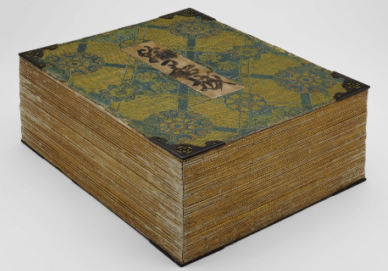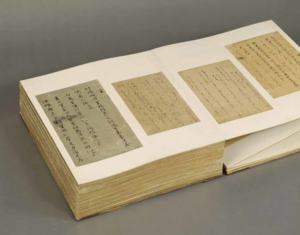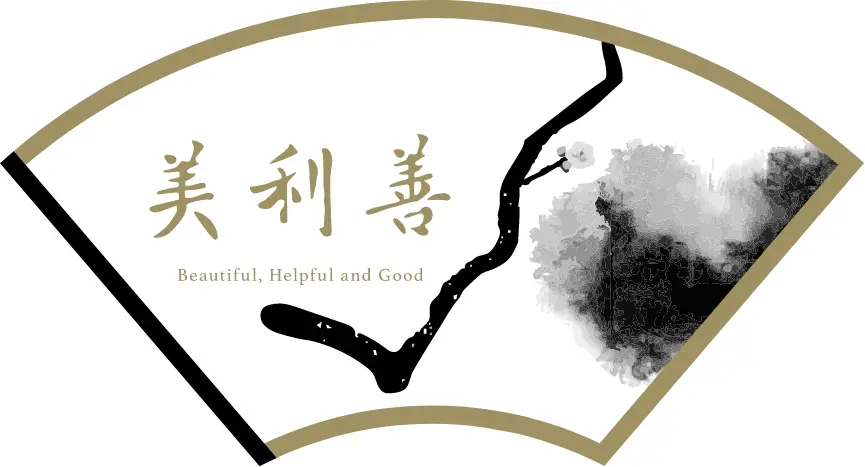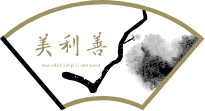Part of old writings and NFT

One of the names of the artworks that attracts me is “Kambokujō”. An album collected part of old writings (Kohitsu-gire) is called a “Tekagami”, and the sensitivity of the ancients in naming a particularly valuable Tekagami “ Castle of Fude (brush) and Sumi(Indian ink)” is quite astonishing.
The Japanese have long preserved and handed down rare objects by subdividing them into smaller pieces.
For example, the aforementioned old writings (Kohitsu) were separated from the original scroll or booklet and transformed into an album or hanging scroll, which were prized for appreciation, study, and gift-giving.
The people who remember the creators of ancient times, have treated those smaller pieces as friends in the hearts through appreciating their waka poems and handwriting. In addition, the name of the owner of part of old writings was also sometimes attached to them, such as “Hon’ami-gire” or “Ogata-gire,” as a sign of respect for the owner who deeply understood the artistry of the creator and the work.

Although it requires a certain level of effort and discernment to understand and utilize the value of old writings, those have endured many hardships and lived dozens of times longer than a human lifetime and boast an overwhelming presence and an enormous amount of information, even if it is only a small piece.
NFT’s technology is extremely well suited to subdivide and distribute the rare objects in a society.
By combining this state-of-the-art technology with traditional Japanese values, I hope to realize our business purpose, “Build a better society and connect it with the next generation”. I would like to discuss the specifics of how to achieve this when the time is right.
Image Source (above): MOA Museum of Art
National Treasure “Kambokujō Album of Exemplary Calligraphy”, Nara-Muromachi period (8th-15th century), MOA Museum of Art Collection
Image Source (center): ColBase
National Treasure “ Moshiogusa (Brinish Seaweed) Album of Exemplary Calligraphy”, Nara-Muromachi period (8th-15th century), Kyoto National Museum Collection

